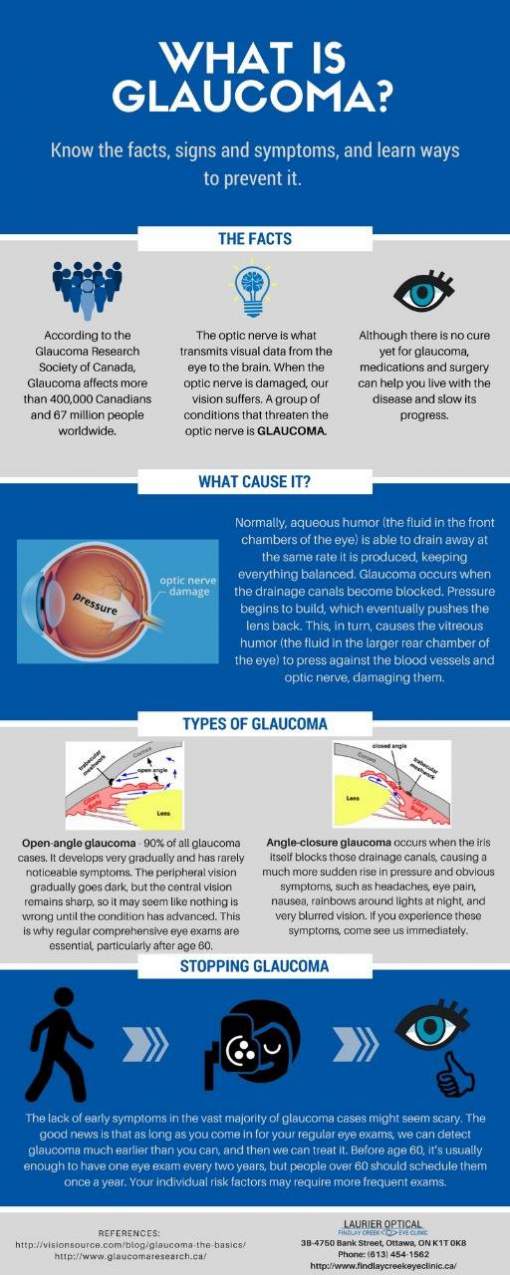As a cataract surgeon, your day begins with a thorough eye examination, where you assess patients' vision and lens clarity. You recognize exactly how crucial it is to recognize cataracts accurately. Once detected, you prepare for surgery, making certain every information is accounted for. But the challenge doesn't finish there. The real journey unfolds in the operating room, where accuracy is vital. What takes place next can define an individual's visual future.
The Diagnostic Refine: Identifying Cataracts
When it comes to diagnosing cataracts, clarity is essential. click the up coming website 'll start with a detailed eye assessment, where you'll evaluate visual acuity and check for any signs of cloudiness in the lens.
Throughout this procedure, you'll use specific devices, such as a slit lamp, to obtain an in-depth view of the eye's structure. You'll additionally perform a dilated eye examination to examine the lens and retina better.
Gathering your person's case history is essential, as it helps recognize danger aspects like age, diabetes mellitus, or previous eye injuries.
After examining the results, you'll identify the visibility and severity of cataracts. This careful approach guarantees you provide the best suggestions for therapy, establishing the stage for the following steps in their treatment.
The Operation: Precision in Action
After detecting cataracts and discussing treatment options, you get ready for the operation, where accuracy is vital.
You enter the operating room, putting on sterile gloves and a mask. The patient relaxes comfortably under brilliant lights, prepared for the makeover.
You begin by administering regional anesthetic, guaranteeing they feel no discomfort. With a stable hand, you make a small laceration in the cornea, utilizing advanced strategies to get rid of the gloomy lens.
You carefully put the artificial intraocular lens, straightening it perfectly for optimum vision. Throughout the procedure, you keep an eye on vitals and adjust as required, preserving concentrate on the job.
In simply a short time, you'll have restored your client's sight, a rewarding outcome for both of you.
Post-Operative Care: Making Certain Optimum Recuperation
As soon as the surgical treatment is complete, your role changes to ensuring the individual's smooth recuperation.
You'll begin by providing clear post-operative guidelines, stressing the significance of wearing the eye shield and taking recommended drugs. Advise them to avoid massaging their eyes and participating in difficult activities.
Arrange a follow-up visit within a couple of days to keep an eye on recovery and attend to any kind of worries. Urge clients to report any kind of indicators of infection, such as enhanced soreness or discharge.
Additionally, go over the value of using fabricated splits to alleviate dryness. https://journals.healio.com/doi/10.3928/1081597X-20200827-01 -being by reassuring them that aesthetic improvements might require time.
Verdict
In a cataract specialist's day, you witness the journey from medical diagnosis to recovery. You see the accuracy in surgery and the care taken post-operation to ensure your ideal healing. Via this experience, you obtain clarity not just in vision, however in comprehending the entire process. The trust developed between you and your specialist is critical, paving the way for a smoother recovery. With the right assistance, you get on your method to enjoying a brighter, clearer world.
